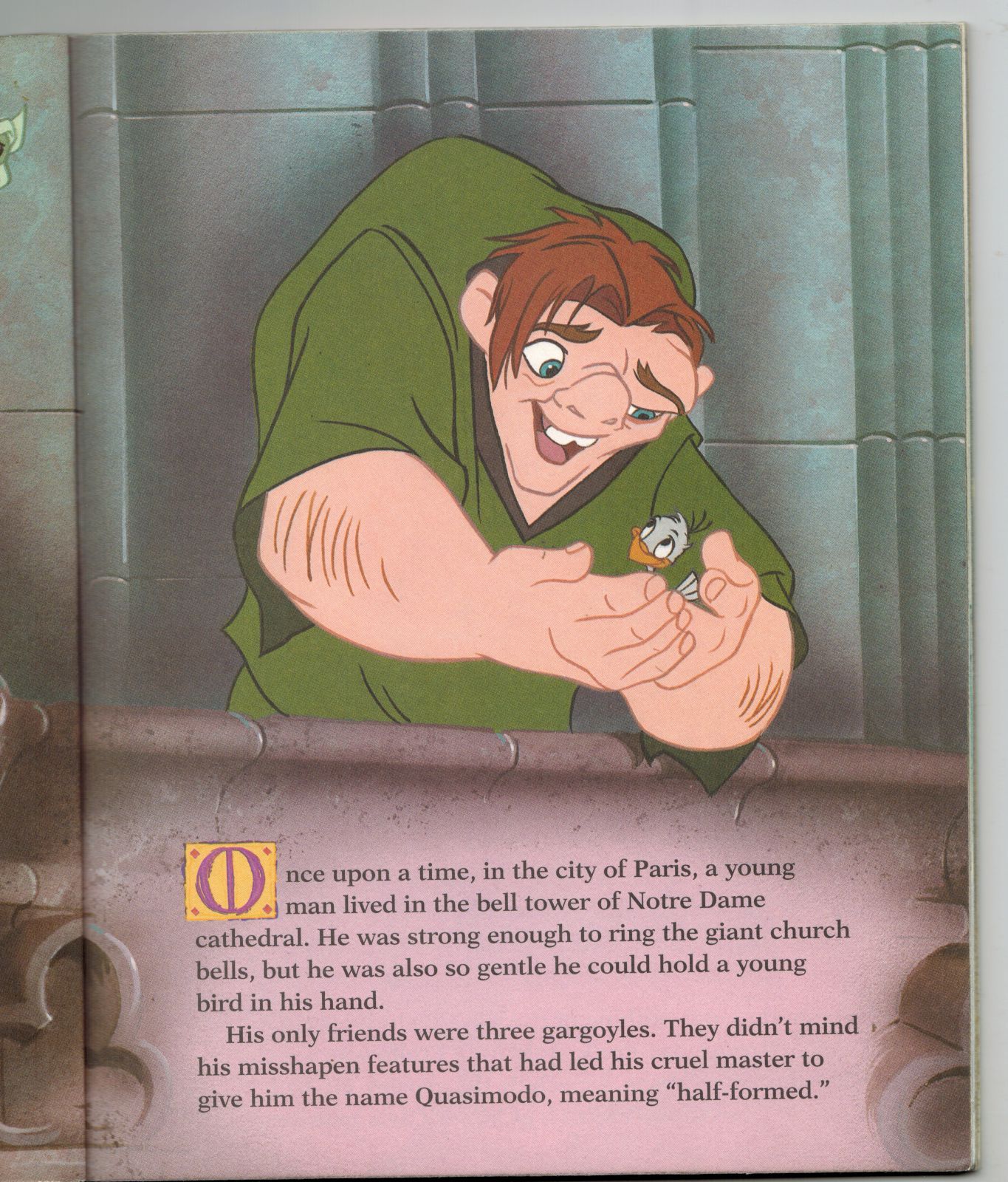
It is said that Victor Hugo wrote Notre-Dame de Paris almost as an ode to medieval Catholic cathedral, Notre-Dame de Paris in an effort to draw attention to the value of the Gothic architecture. However, I will let you find out how that out on your own. There’s also a lot more story featuring love and betrayal, with everyone chasing after Esmerelda, leading to a not so happy ending. Set in 1482, the book features hunchback Quasimodo, a 16-year-old Gypsy street dancer named Esmerelda, the Archdeacon of Notre Dame Claude Frollo, Captain of the King's Archers Phoebus, and of course Djali is Esmeralda's pet goat, but it is much darker with no comedic gargoyles.

Before I start to gush about how much I love this film and how meaningful the music is (especially today), let's take a step back to what started it all: a French novel written in 1831 by Victor Hugo named Notre-Dame de Paris and later changed to The Hunchback of Notre Dame when it was translated to English in 1883.įor those of you who only know the Disney Animated version of this story, as with all Disney translations, the source material is very different. (The manuscript of The Hunchback of Notre-Dame ( Nôtre Dame de Paris) by Victor Hugo)įor today’s entry into the Freeform’s 30 Days Of Disney, I take a look at one of my all-time favorite Disney Animated Classics, The Hunchback of Nortre Dame.


 0 kommentar(er)
0 kommentar(er)
